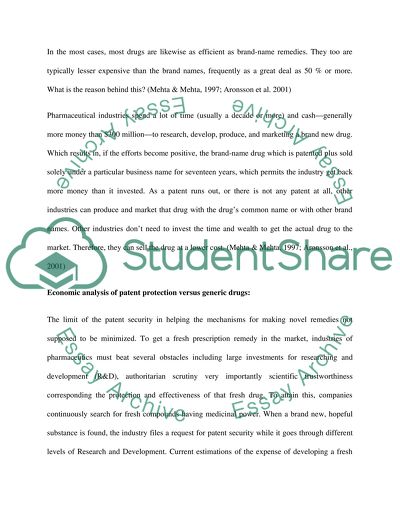Cite this document
(“Economic Analysis of Patented Drugs vs. Generic Drugs Research Paper”, n.d.)
Retrieved from https://studentshare.org/family-consumer-science/1422642-economic-analysis-of-patented-drugs-vs-generic
Retrieved from https://studentshare.org/family-consumer-science/1422642-economic-analysis-of-patented-drugs-vs-generic
(Economic Analysis of Patented Drugs Vs. Generic Drugs Research Paper)
https://studentshare.org/family-consumer-science/1422642-economic-analysis-of-patented-drugs-vs-generic.
https://studentshare.org/family-consumer-science/1422642-economic-analysis-of-patented-drugs-vs-generic.
“Economic Analysis of Patented Drugs Vs. Generic Drugs Research Paper”, n.d. https://studentshare.org/family-consumer-science/1422642-economic-analysis-of-patented-drugs-vs-generic.


